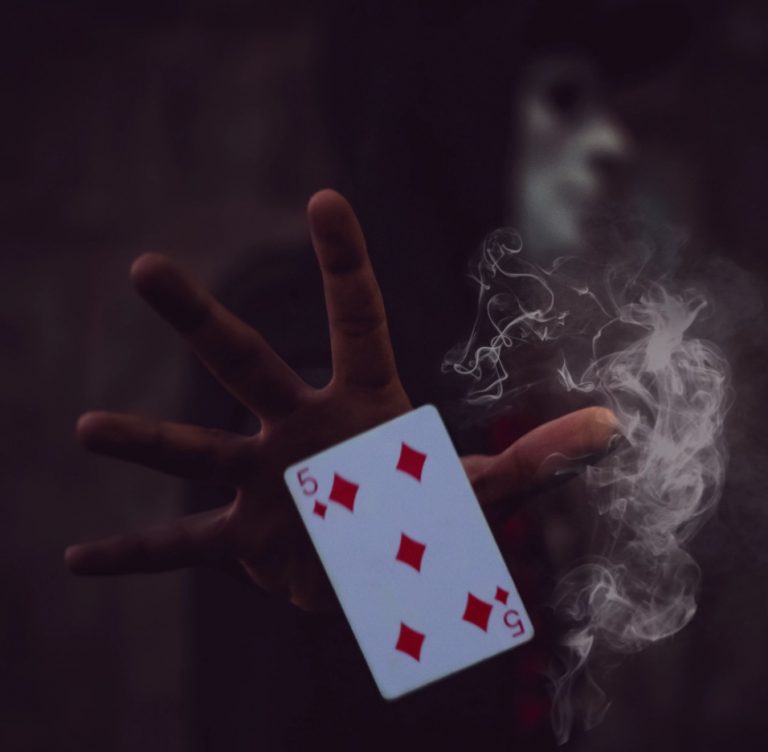As mysterious and interesting as it is entertaining, the magical art of Mentalism has long been a favorite of both audiences and artists alike. It’s swift, potent, effective and most of all – it blurs the lines between impossibility and reality – after all, expert mentalists manage to guess what we’re thinking, they seem to always know which card we’re hiding and have an uncanny ability to look into our minds.
Now, if mentalism has caught your interest and you either want to learn more about it or even want to become a mentalist yourself but you don’t really know where to get started – we’ve got you covered! In today’s article, we’ll be taking a quick look at the essentials of the art, ensuring you get up to speed on exactly what it is. Let’s begin!
Performing Mentalism
A lot of popular magicians and entertainers either completely focus on mentalism or have a set of skills that borrow heavily from it. It’s very widely used but its techniques are also closely hidden by the performers, making it tricky to learn their tricks. With that said, it all comes down to one little detail that sets mentalism apart from the other schools of thought and magic – mentalism isn’t fake, it really happens.
While other types of magic might focus on “tricking” the viewer into believing that something appears or disappears from thin air, for example, mentalism does not. That’s why it’s so potent and impressive – you don’t “fool” anyone, you simply force them to think or act the way you want, making it seem like you “guessed” their number, color, object, card, or whatever else you force into the audience’s mind – this is the basis of the popular “mind reading” tricks. The famous mentalist Derren Brown is the undisputed “king” of this, currently.
In short, there are two types of magicians in terms of presentation. Those who readily inform the audience that they’re going to get “tricked” and “played” around with, and those who take a more serious approach, reinforcing that their act is real and that no trickery is involved – this is the mentalist way.
Why would you want the audience to think they’re getting tricked when in fact everything that happens is real? It would only take away from the amazement of the performance. This is why most mentalists don’t really perform “magic” in their routines, they’re more focused around their skills and techniques instead of illusions.
In fact, you’ll often discover that most mentalists do not even claim to be magicians, explaining that the art of mentalism is a completely different thing – and with good reason. While “magic” relies on fooling someone with trickery, mentalism works on the human mind to produce a result – by either exploiting photographic memory, subconscious activity, forcing suggestion, NLP and more – it’s all about perception.
Mentalism in Entertainment
Apart from magic shows and programs, mentalism also has a prominent appearance in other forms of entertainment. Take “The Mentalist” for example – an American crime tv series that follows the life of Patrick, who is an independent consultant for organizations such as the California Bureau of Investigation and even the FBI, and who uses his professional mentalism skills to help read people and solve crimes.
Even though this is simply a show – and a great one at that – it doesn’t stray far from reality as the techniques shown in the episodes are all real and used daily by mentalists worldwide for either entertainment purposes or for professional and personal reasons as well.
Conclusion
As you can see, mentalism truly is as exciting and deep as it seems – but it doesn’t have to be as opaque. We hope that this handy introduction has helped you realize what this art truly is and how it differs from regular “magic”. As long as you learn the pillars and techniques of mentalism – all of which are based on reality instead of trickery – then you’ll simply have to perform and train them extensively to get flawless, then, you add your own unique personality and flavor to it and boom – you’re a mentalist. Thanks for reading and have a great day!

0 Comments